The deepest part of the ocean is in the Challenger Deep valley of the Mariana Trench, which is about 10,935 metres deep ( almost 11km )! This is deeper than Mount Everest is tall.

The Mariana Trench is in the Western Pacific Ocean. The deepest section is named after the two ships that first explored it, HMS Challenger and HMS Challenger II.
Trenches form when tectonic plates collide, forcing the edges downwards. The Mariana Trench formed when the Pacific Plate was subducted under the Mariana Plate.
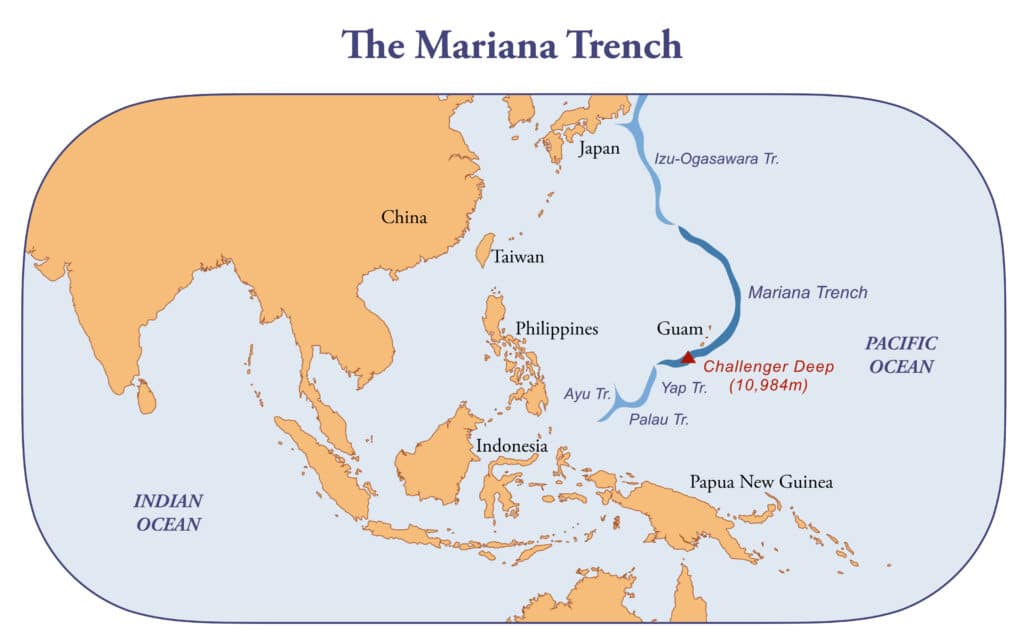
What lives in the Mariana Trench
The depths of the Marinara Trench are dark and cold ( although there are very hot hydrothermal vents, too ), pressure is intense, and food is in short supply.
Some remarkable animals have adapted to survive in these extreme conditions. The Barreleye fish has a transparent head containing eyes that point upwards so it can see its prey.
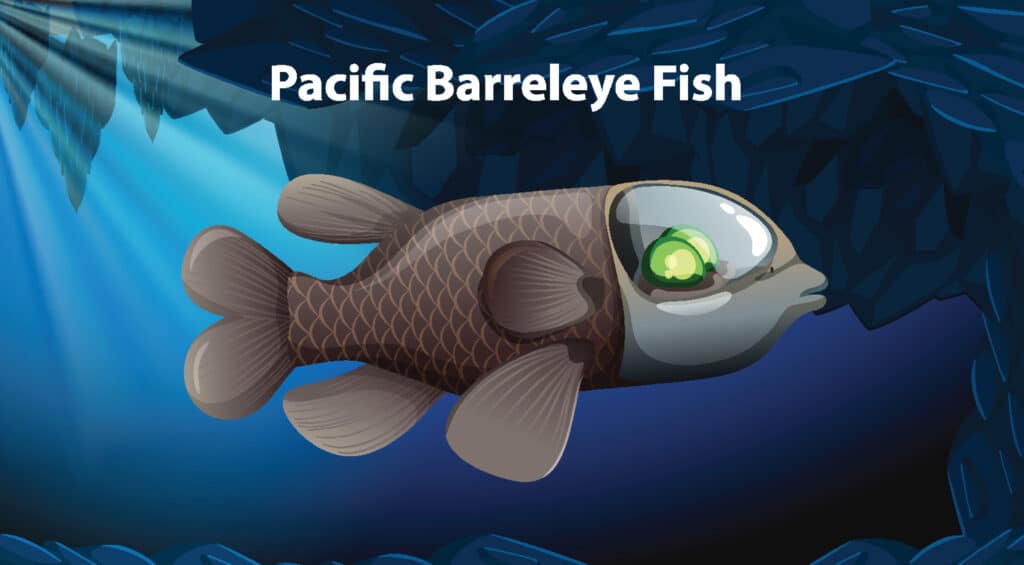
The SeaDevil Anglerfish is small but has sharp teeth and a glowing light protruding from its head. The Osedax ( Zombie ) worm secretes acids to reach the bones of its food and then uses bacteria to convert the bone into food!
Mariana Trench Challenge
Read more about the mysterious marine animals that live in the depths of the Mariana Trench, and then design your own! Will your animal create its own light? Will it be transparent, gelatinous, wormlike, or have other special features that will help it survive in the extreme deep of the ocean?
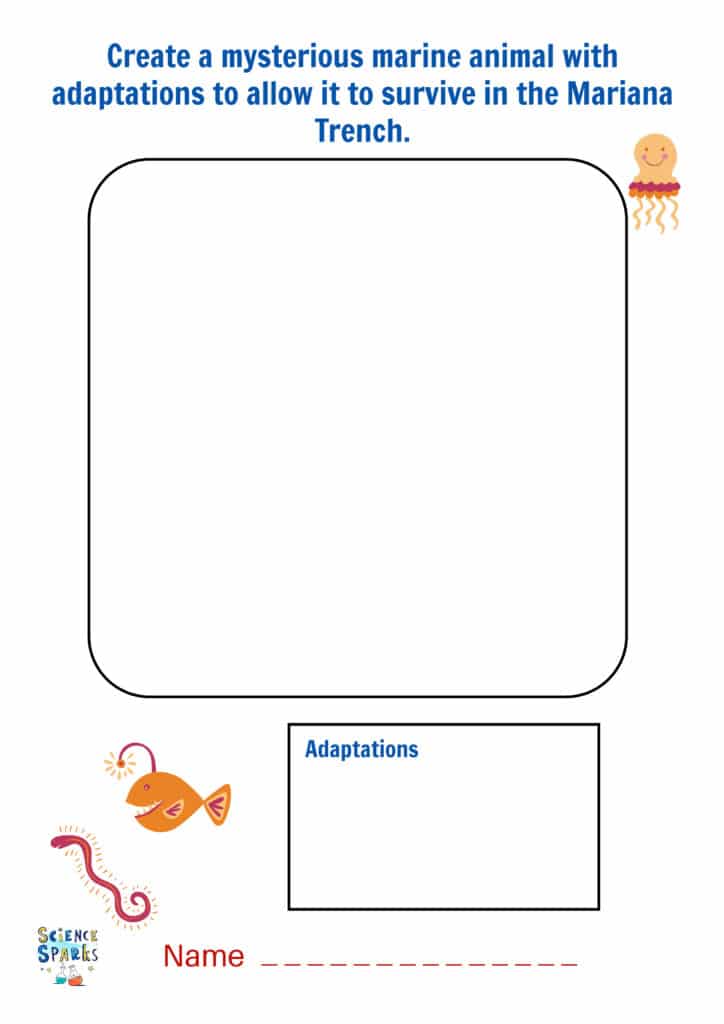
Fun Facts about the Ocean
The Earth has five oceans: the Pacific Ocean, Atlantic Ocean, Indian Ocean, Southern Ocean, and Arctic Ocean.
About 70% of the Earth's surface is covered by oceans.
The longest mountain range is underwater! The Mid-Oceanic Ridge is over 56,000km long.
The Pacific Ocean is home to the Ring of Fire. A group of active volcanoes.
Animals that live in the ocean have adapted to survive in salt water.
The Pacific Ocean is the biggest ocean.
Phytoplankton and algae in oceans create around half of the oxygen we breathe.
The Great Barrier Reef is the largest coral reef in the world.
The Atlantic Ocean is the saltiest ocean.
The Great Pacific Garbage Patch is an area of litter and debris that has become trapped by ocean currents. Much of the rubbish is plastic, as it isn't biodegradable and is so commonly used. The sun breaks down plastic into very small pieces, a process called photodegradation. These tiny bits of plastic enter the food chain and, if enough at the surface, block sunlight, affecting the marine life below the surface.
Last Updated on September 16, 2024 by Emma Vanstone
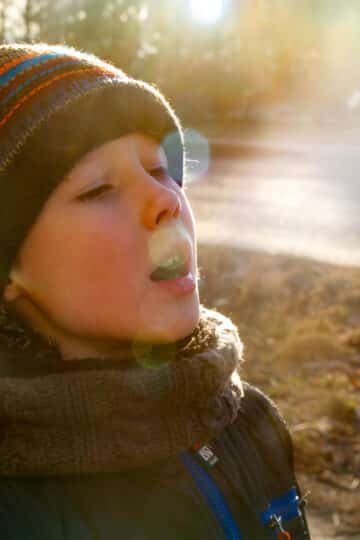
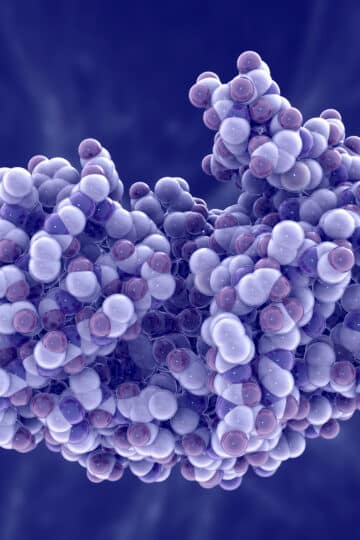
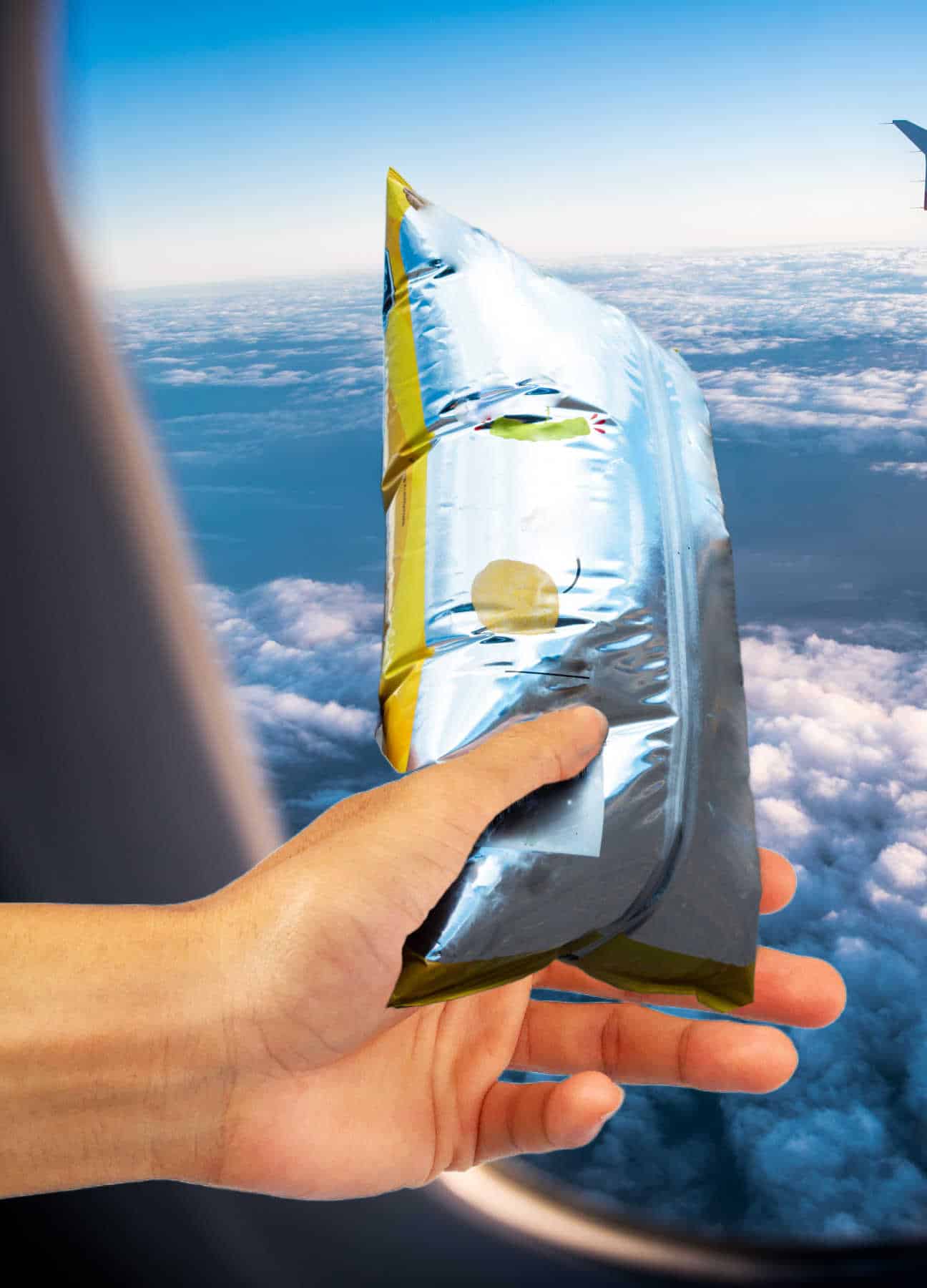
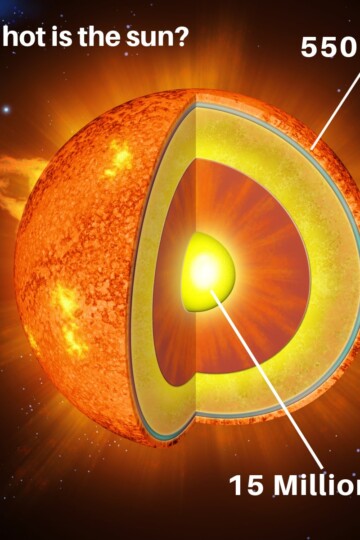
Leave a Reply